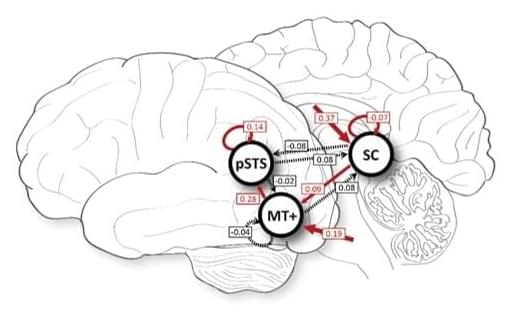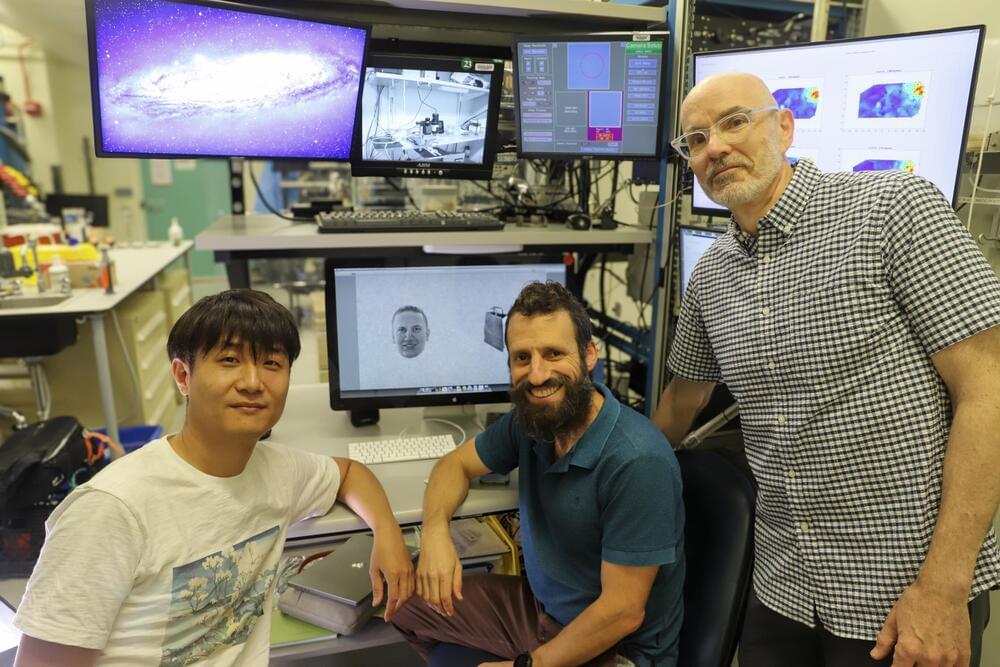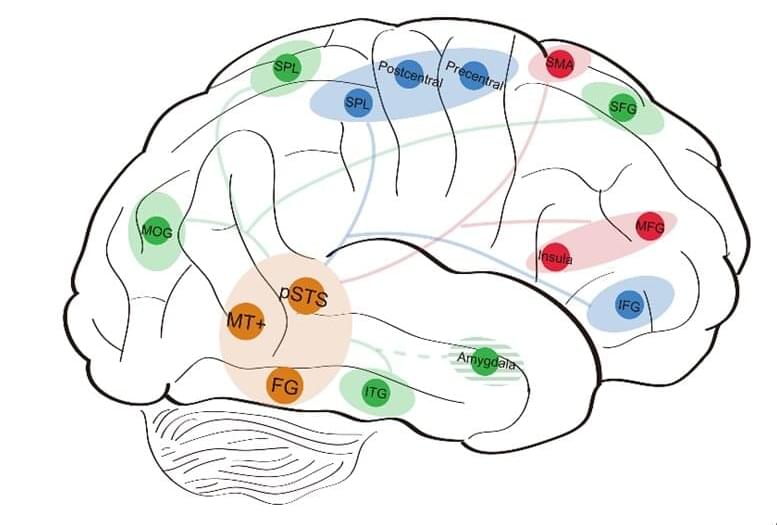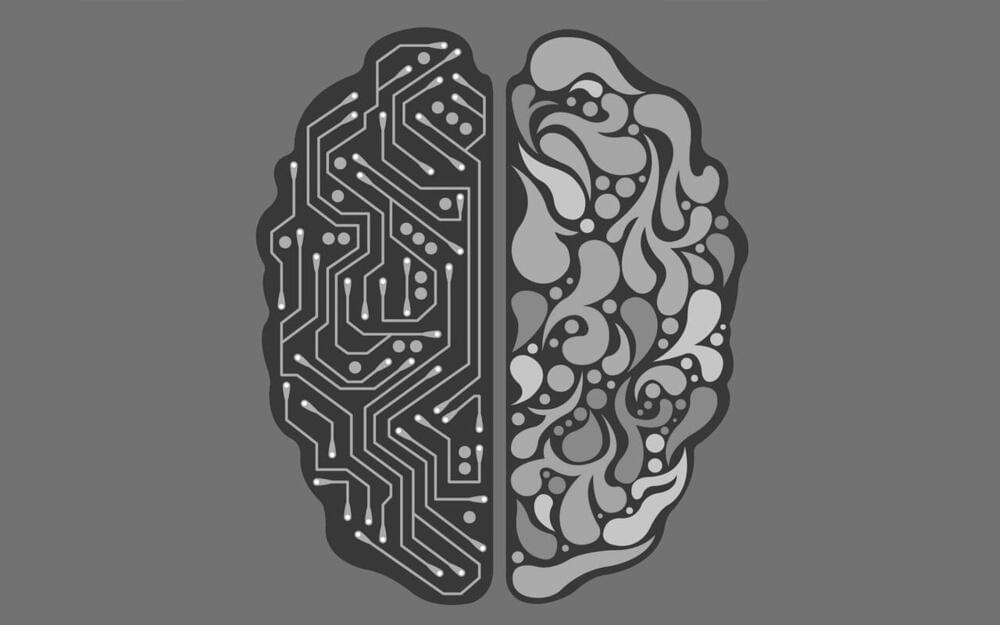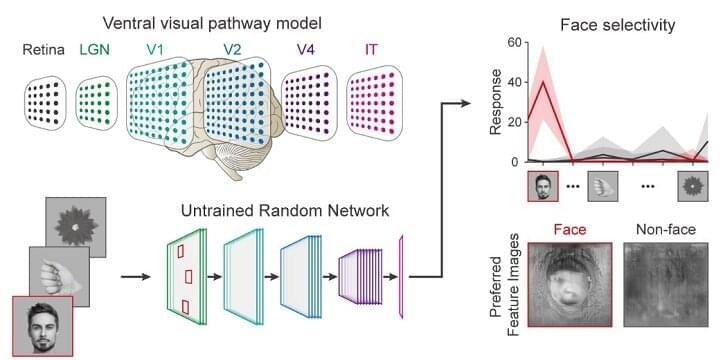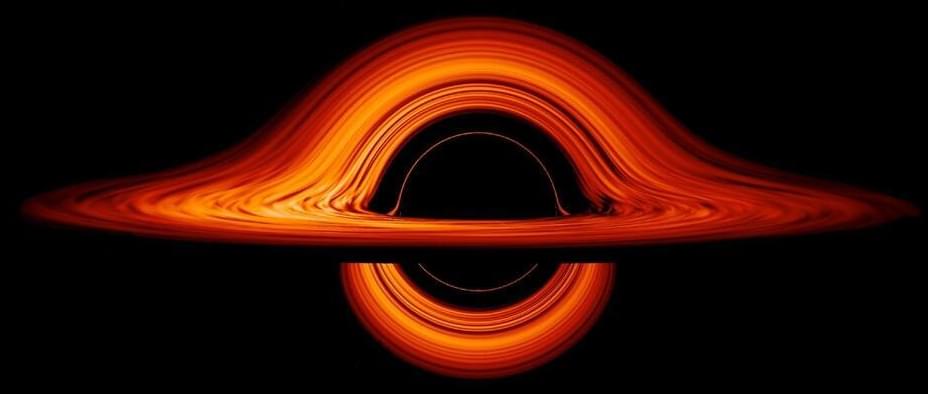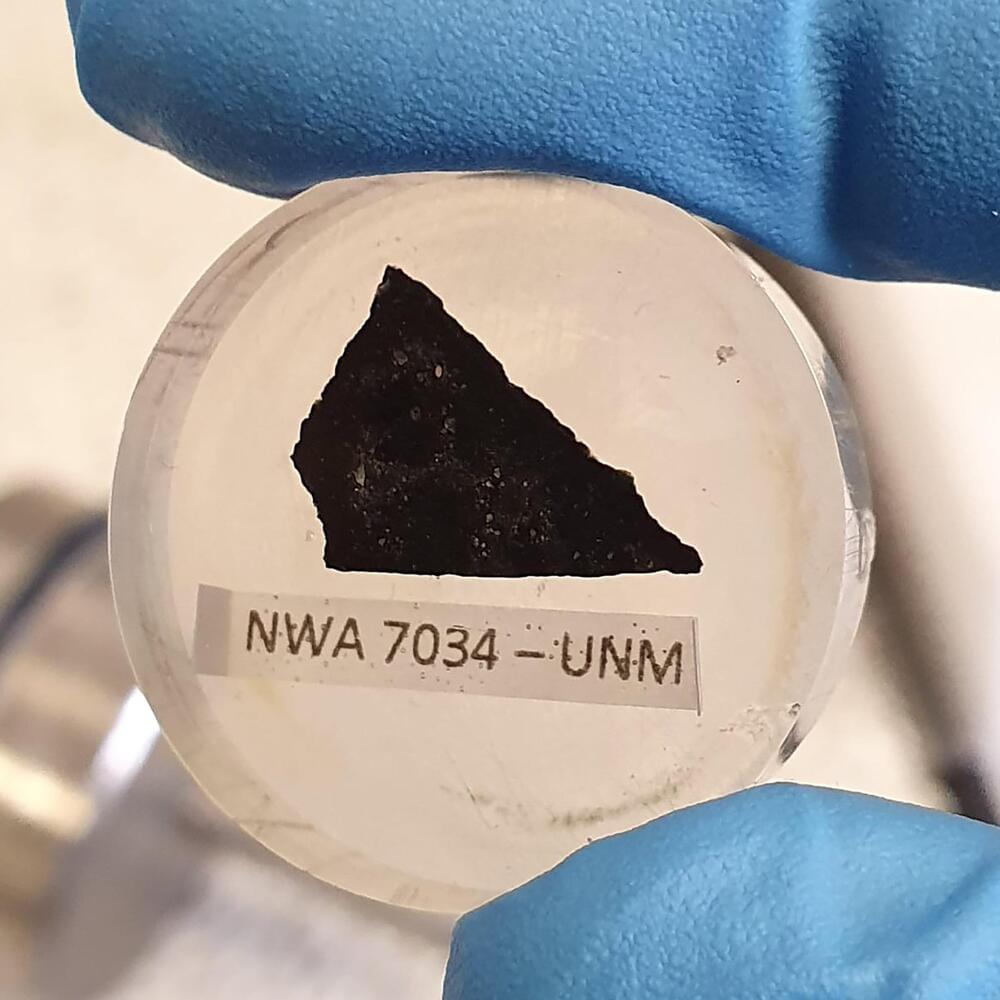Nov 23, 2024
Scientists uncover cross-species neural mechanism for early detection of life motion in visual processing
Posted by Dan Breeden in categories: biological, neuroscience
Visual systems of both humans and animals can detect life motion from the environment at the earliest stage of visual processing, research by scientists from the Chinese Academy of Sciences (CAS) uncovered.
Jointly led by scientists from the CAS Institute of Psychology and CAS Institute of Biophysics, the study also highlighted the critical role of the superior colliculus (SC) in the perception of biological motion (BM) signals, suggesting a cross-species mechanism for processing BM early in the visual stream.
Results of the study were published in Nature Communications on Nov. 7, titled “Detecting biological motion signals in human and monkey superior colliculus: a subcortical-cortical pathway for biological motion perception.”
